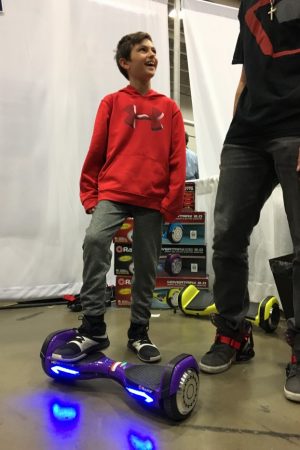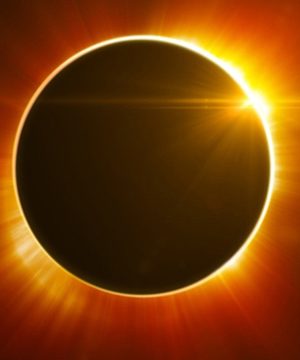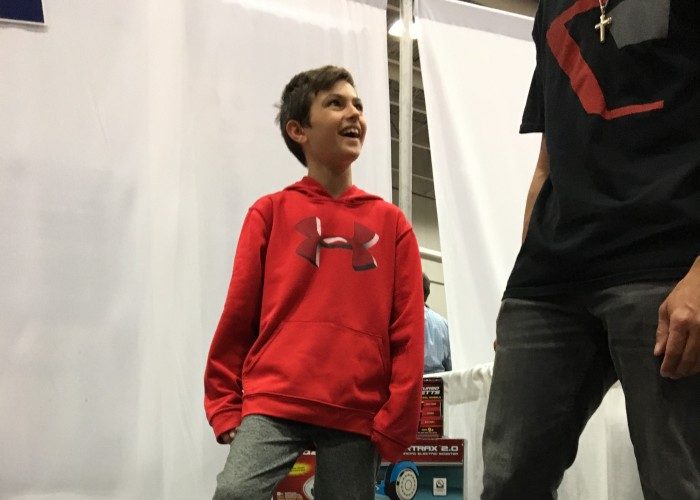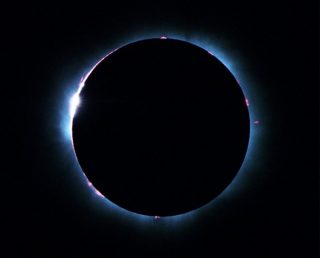Free expo of world’s leading STEM organizations inspires and educates youth, teaching through hands-on experience
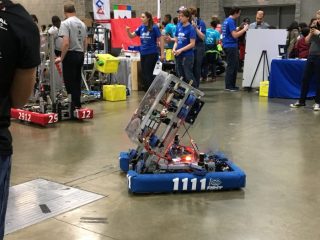
The 5th USA Science & Engineering Festival Expo in Washington DC was an incredible event, packed with more than 3,000 hands-on exhibits, attracting more than 350,000 people over the weekend of April 7-8. The Walter E. Washington Convention Center was packed to the rafters with budding explorers, adventures, scientists, and other proud geeks – the rock stars of the next generation, jockeying for a front-row view of the demos, experiments, and exhibits featuring the world’s leading scientific and engineering societies, universities, government agencies, high-tech corporations and STEM organizations.
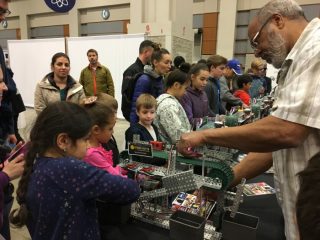
It was a good thing and a bad thing that the event was free. No one can argue that access to STEM education is essential to attracting the best minds from all walks of life, regardless of economic ability; so in that respect, the fact that anyone and everyone could go to the Sci Fest was awesome. The downside of this is that it is hard to predict how many bodies will show up when there are no ticket sales; hence, the exhibit halls were crowded to capacity, which ultimately limited the ability of anyone and everyone to get access to the exhibits.
Despite the shoulder to shoulder mobs, we made our way through to experience in a number of the participatory exhibits. My son and his bestie were particularly engaged by the Razor USA demo of the latest Razor Hovertrax self-balancing hover board and Razor’s new Turbo Jetts, with a miniature powertrain and LED light-up wheels powered by an integral generator.
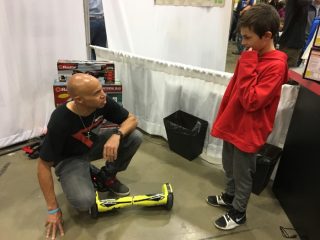
In Razor’s case, it was more of a feet-on demonstration, where the exhibitor allowed my son one foot on the Hovertrax to test out its self-balancing technology, eliciting a genuine, “Wow,” followed by, “I want one!” At least in the case of Razor, it is actually possible for my son to own and master such a machine, whereas getting to ride in the stealth helicopter on display by Lockheed Martin was a bit more pie-in-the-sky fantasy.
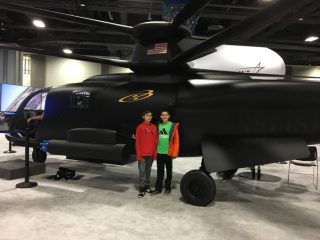
Other interactive exhibits included robots and drones that attendees could control and run through obstacle courses or execute tasks. There were many opportunities for kids to conduct experiments with electricity – with safe supervision – kinetic motion and other forces that produce energy, and to learn about chemical interactions and their implications in all matter of uses, from medicinal and nutritional to industrial and agricultural.
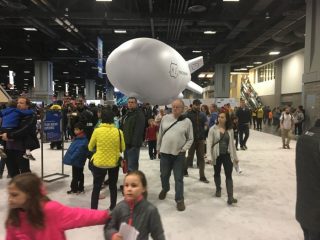
While the multiple floors and seemingly endless exhibit halls presented an overwhelmingly exhaustive array of exhibits, in a few hours we were able to partake in and observe enough of the attractions to inspire and stimulate the minds of two curious boys, who walked away from this festival excitedly chattering about how they would create and build their own inventions one day, and that, is exactly what this festival is all about.


